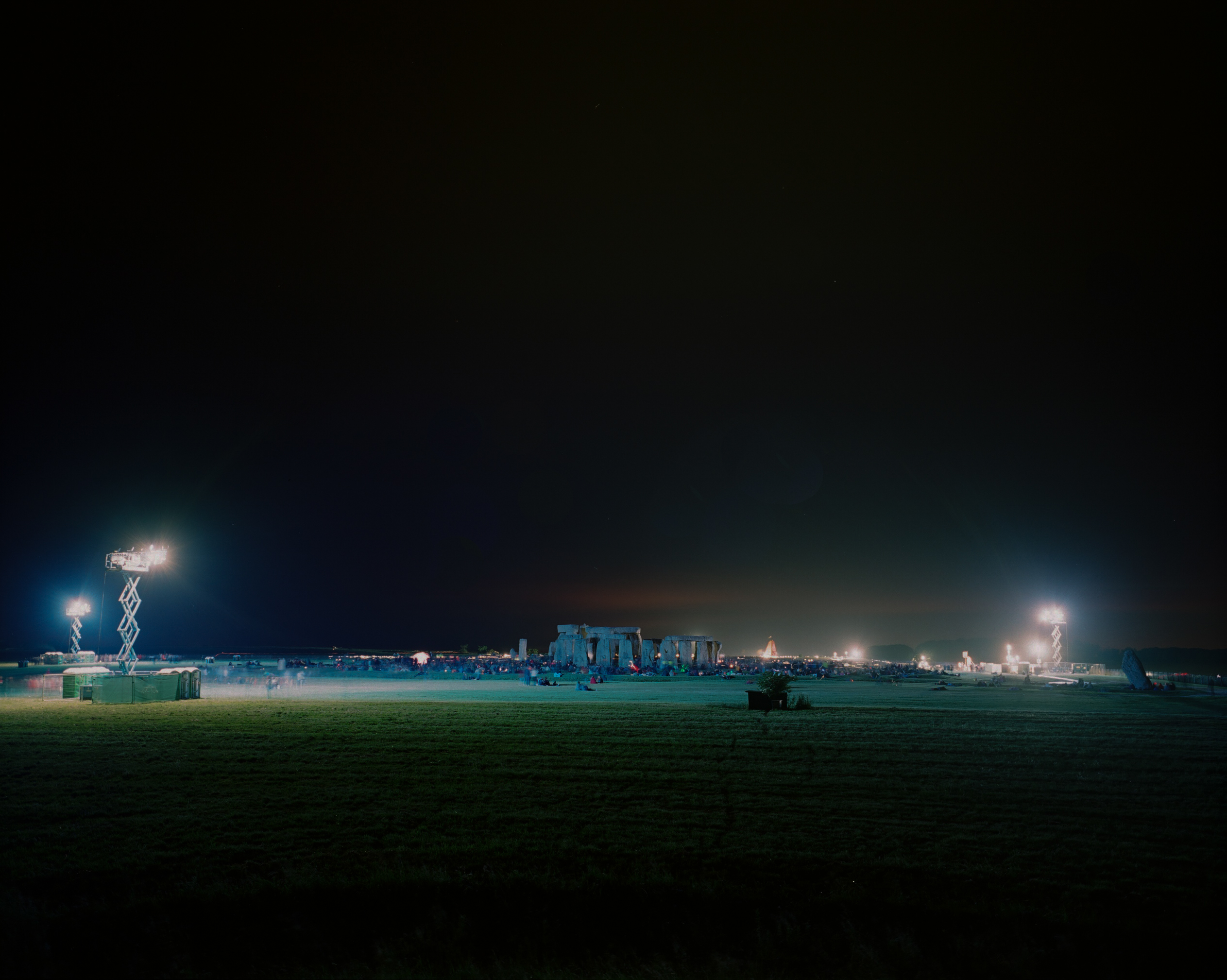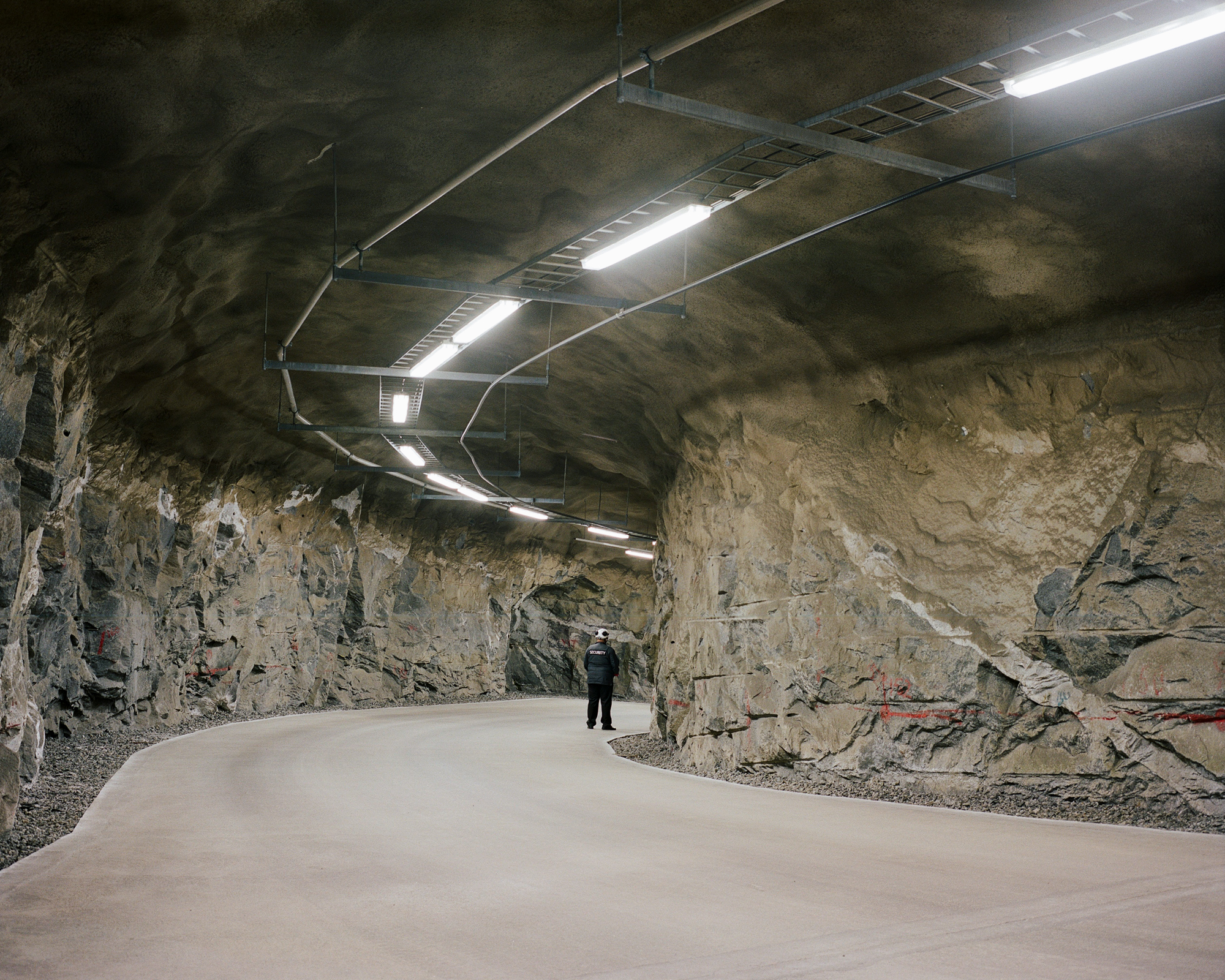





Atomic Priesthood
In Production
In Production
An ongoing project Atomic Priesthood aims to examine the issues of deep–time and long–term communication presented by nuclear energy.
Since the advent of the nuclear age an ever increasing stockpile of radioactive waste is being produced. Currently there is no way to treat this waste and so it must be stored safely until it is no longer hazardous. Unfortunately the timescales involved in nuclear energy dwarf human comprehension, with some high–level nuclear waste remaining hazardous for up to a hundred–thousand years.
Safely storing radioactive waste and communicating the danger of the stored waste represents an unparalleled challenge when one considers the temporal nature of human language and culture. This field, know as Nuclear Semiotics, has produced some bizarre solutions to the issue of long–term communication including glowing radioactive cats, secretly coded plants and an ‘atomic priesthood’.
Safely storing radioactive waste and communicating the danger of the stored waste represents an unparalleled challenge when one considers the temporal nature of human language and culture. This field, know as Nuclear Semiotics, has produced some bizarre solutions to the issue of long–term communication including glowing radioactive cats, secretly coded plants and an ‘atomic priesthood’.
In 1984 the U.S department of Energy commissioned a report entitled ‘Communication Methods to Bridge Ten Millennia’. According to the report’s author Thomas Sebok, the most effective technique for communication across long periods of time are messages transmitted through religion and folklore. Sebok suggests ‘piggy–backing’ the message of nuclear waste locations onto an existing religion whilst entrusting the full information to a select group of scientists to safeguard and relay to the next generation. – in Sebeok’s words an ‘Atomic Priesthood.’
Inspired by Sebeok’s proposal Atomic Priesthood explores long–term communication prevailing folklorish rituals and their meaning – with a view to imagine how today’s nuclear infrastructure could be seen in the future.
Inspired by Sebeok’s proposal Atomic Priesthood explores long–term communication prevailing folklorish rituals and their meaning – with a view to imagine how today’s nuclear infrastructure could be seen in the future.
Onkalo film test excerpt
Finland, 2020.
Onkalo, five hundered meters beneth the small island of Olkiluoto in Western Finland. Currently the only facility in the world dedicated to the permanent storage of high–level nuclear waste.
Finland, 2020.
Onkalo, five hundered meters beneth the small island of Olkiluoto in Western Finland. Currently the only facility in the world dedicated to the permanent storage of high–level nuclear waste.